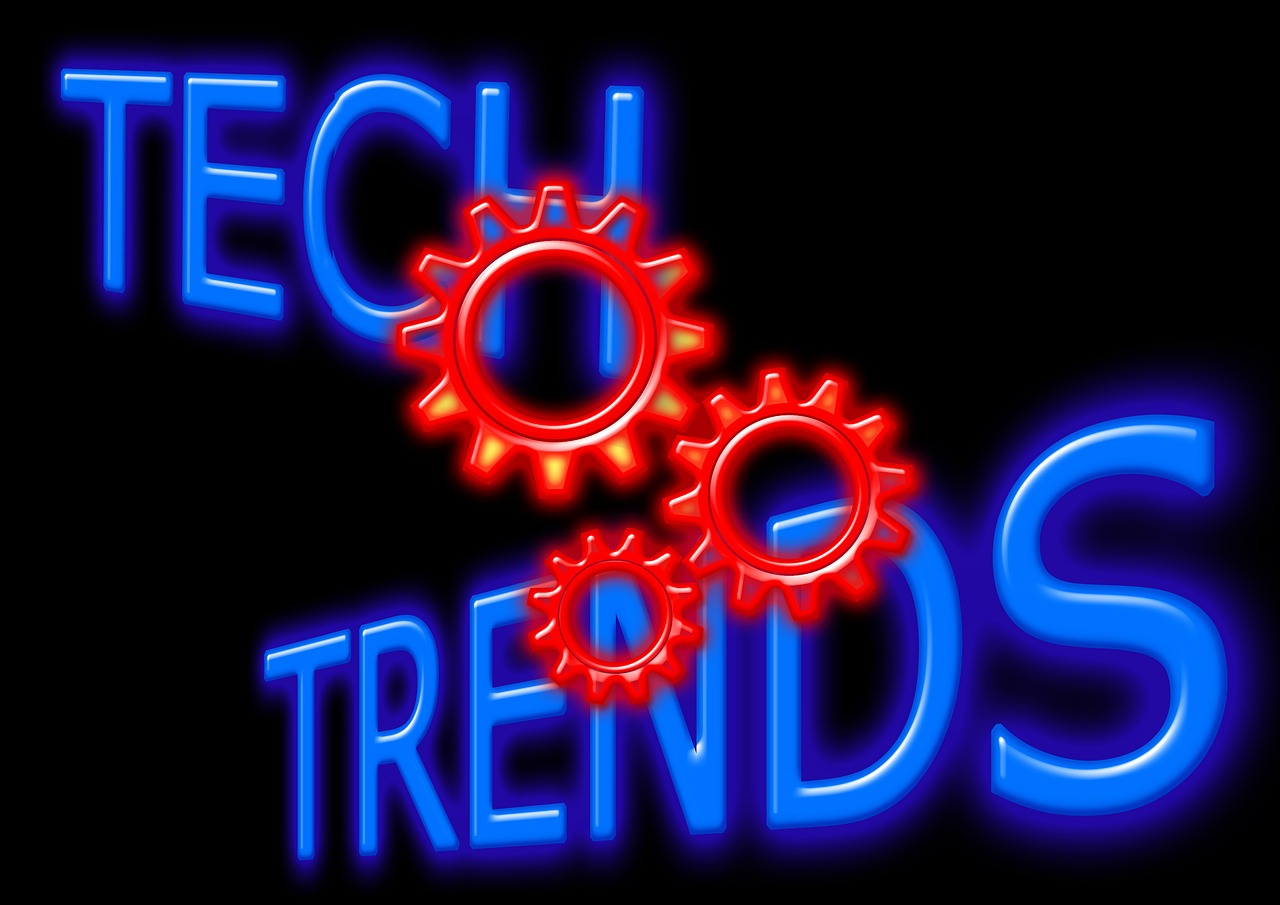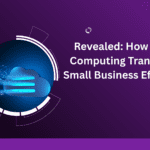
Transformative Technology Trends Changing the Way We Work
Technology is reshaping the world of work at an unprecedented pace. From artificial intelligence to web3, from the metaverse to the hybrid work model. We are witnessing a series of technological revolutions. They are transforming how we communicate, collaborate, create, and innovate.
Let’s explore some of the most impactful technology trends that are transformative to work in 2024 and beyond.
7 Transformative Technology Trends Changing the Way We Work
1. Artificial Intelligence
AI and Generative AI are not just buzzwords. They are transforming the workplace. These technologies enable automation, allowing teams to handle mundane tasks more efficiently. They free up human resources for more creative and strategic endeavors. AI can help improve employee productivity and performance by expediting the brainstorming process and giving employees a jumping-off point, so they create more content in less time. For example, software like Beautiful AI helps to automate the presentation process and allows non-designers to create professional-grade decks.
AI is not a new concept but has become more powerful and accessible in recent years. Thanks to advances in computing power, data availability, and algorithm development.
Artificial intelligence is now augmenting and automating various aspects of work. These include data analysis, customer service, image creation, product design, and more.
AI also poses significant challenges and risks, which include ethical dilemmas, social implications, and workforce displacement. Thus, it’s essential to adopt responsible and human-centric approaches to AI. As well as ensure that workers have the skills and support to adapt to the changing nature of work.
2. Remote Collaboration Tools
The advancement in collaboration tools has increased remote work. These tools include video conferencing, project management software, and cloud-based document-sharing platforms. They enable teams to work together smoothly from different parts of the world, breaking down geographical barriers and allowing for efficient teamwork and real-time communication.
3. Hybrid Work Model
A hybrid work model provides employees greater flexibility and the option to work from home or anywhere they can be productive. With hybrid work, the workplace is no longer inside the four walls of the corporate office—it is an ecosystem of employees working from home, in coworking spaces, and in the office. Team members can migrate between various locations depending on the work they need to get done. It is not a new concept, but it has become more prevalent after the Covid-19 pandemic.
The hybrid work model offers many benefits, such as:
· Increased productivity
· Reduced costs
· Improved work-life balance
· Enhanced employee satisfaction
· Improved employee retention
The hybrid work model is transforming the way we work. It requires workers to have new skills, tools, and strategies. For example, hybrid work requires workers to have several capabilities to work effectively. These include digital literacy, communication, collaboration, and self-management skills.
4. Web3: The Decentralized Internet
Web3 is a term that refers to the next generation of the internet. The decentralized Internet-of-Things refers to a system of distributed web technologies, protocols, and applications aimed at making it more open and accessible. An internet based on decentralized technologies, such as:
· Blockchain
· Cryptocurrencies
· Smart contracts
· Peer-to-peer networks
Web3 aims to create a more open, transparent, secure, and democratic internet, where users have more control over their data, identity, and digital assets.
Web3 also enables new forms of collaboration and value creation. These include:
· Decentralized autonomous organizations (DAOs)
· Non-fungible tokens (NFTs)
· Decentralized finance (DeFi)
· Social tokens
Web3 is transforming the way we work. It’s creating new business models, platforms, and communities. They are more inclusive, participatory, and innovative. Web3 can generate $49.10 billion in economic value by 2030.
5. Internet of Things (IoT) in the Workplace
The Internet of Things (IoT) describes physical objects embedded with sensors and actuators that communicate with computing systems via wired or wireless networks—allowing the physical world to be digitally monitored or controlled. These include smart thermostats that adjust office temperatures based on occupancy and wearable devices that track employees’ health and productivity.
The potential applications of IoT are vast and varied, and its impact is across a wide range of industries, including manufacturing, transportation, healthcare, and agriculture. As the number of internet-connected devices continues to grow, IoT plays an increasingly important role in shaping our world and transforming the way we live, work, and interact with each other.
IoT is important for business for several reasons. Here are the core benefits of IoT:
Improved efficiency
IoT devices to automate and optimize processes, thereby improving efficiency and productivity in Businesses. For example, IoT sensors monitor equipment performance and detect or even resolve potential issues before they cause downtime, reducing maintenance costs and improving uptime.
Data-driven decision-making
IoT devices generate vast amounts of data that helps to make better-informed business decisions and new business models. By analyzing this data, businesses can gain insights into customer behavior, market trends, and operational performance, allowing them to make more informed decisions about strategy, product development, and resource allocation.
Cost-savings
By reducing manual processes and automating repetitive tasks, IoT can help businesses reduce costs and improve profitability. For example, IoT devices monitor energy usage and optimize consumption, reducing energy costs and improving sustainability.
Enhanced customer experience
By using IoT technology to gather data about customer behavior, businesses can create more personalized and engaging experiences for their customers. For example, retailers can use IoT sensors to track customer movements in stores and deliver customized offers based on their behavior.
6. Augmented Reality (AR) and Virtual Reality (VR)
Augmented reality technology combines virtual elements with the physical environment. This insertion is in real-time through small screens arranged close to the user’s eye. It is responsible for providing an experience of digital content in the physical world.
One of the great examples of augmented reality is Google Glass, a type of glass that projects images into a prism.
Virtual reality is a computer-created environment that allows the user to interact with a digital world, which is separate from the physical world: an example is the Oculus Rift, a virtual reality device for electronic games. The user is engrossed in a dimension generated by computers. Some games that use it are Project Cars, Adr1ft, Chronos, and The Climb.
AR and VR technologies are revolutionizing training, design, and customer interactions. In the workplace, AR and VR offer immersive training experiences. These allow employees to learn complex tasks in a simulated environment. Product design utilizes these technologies, which enables professionals to visualize and modify prototypes in real time. These drive faster innovation cycles.
7. Cybersecurity Advancements
As digital technologies advance, cybersecurity threats increase. Businesses are investing in advanced cybersecurity measures to protect sensitive data, ensuring the privacy of employees and customers.
These innovations include biometric authentication and AI-driven threat detection. Cybersecurity advancements are crucial. They help companies safeguard digital assets and maintain trust in the online workspace.
The Impact on the Future of Work
These transformative technology trends are not just fleeting novelties. They are shaping the future of work. Businesses that adapt and embrace these technologies gain a competitive edge.
Remote collaboration tools foster flexibility and work-life balance, appealing to the modern workforce. AI and automation enhance efficiency, reducing errors and operational costs.
IoT creates intelligent workspaces, enhancing employee well-being and environmental sustainability. AR and VR drive innovation, offering new ways to engage employees and customers.
Challenges and Considerations
While these technologies bring immense benefits, they also pose challenges. Workforce training is essential to ensure employees can leverage these tools effectively. Additionally, there are ethical considerations about data privacy and security. As well as the impact of automation on employment, striking a balance between technological advancement and human welfare is crucial, especially in this transformative era.
Let Us Guide You Successfully Through Digital Transformation
Navigating new technologies can be complex. Some pitfalls can waste time and money. Avoid this by working with our team of experts. We can help you customize your transformation to fit your business goals.
Give us a call today to schedule a chat.






